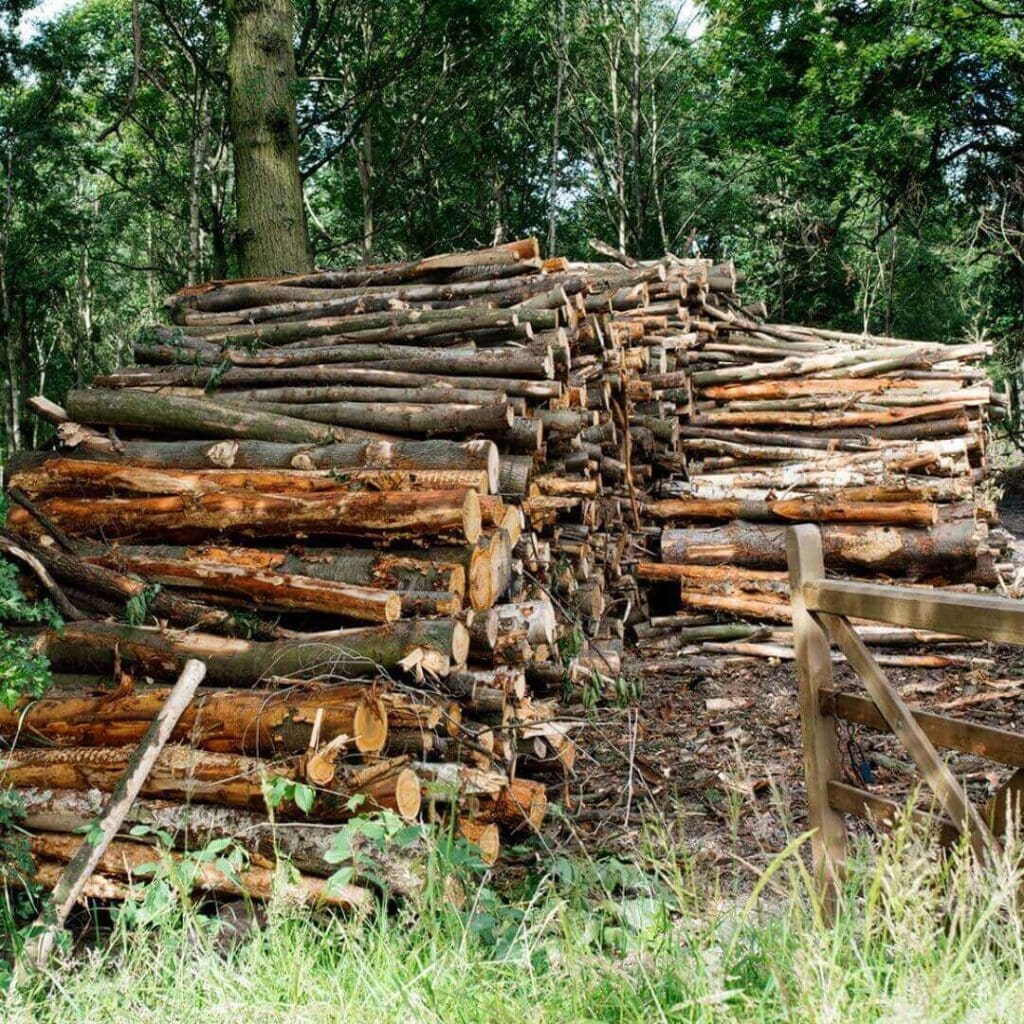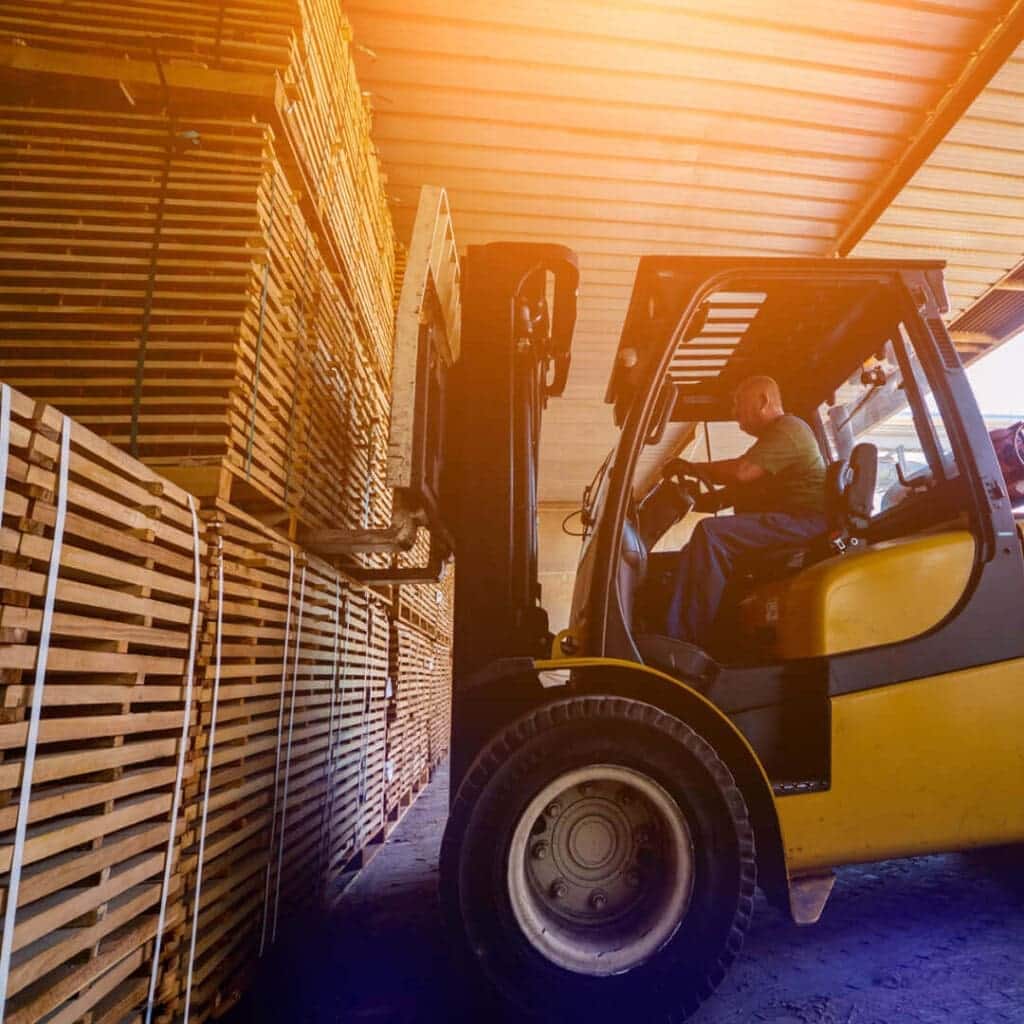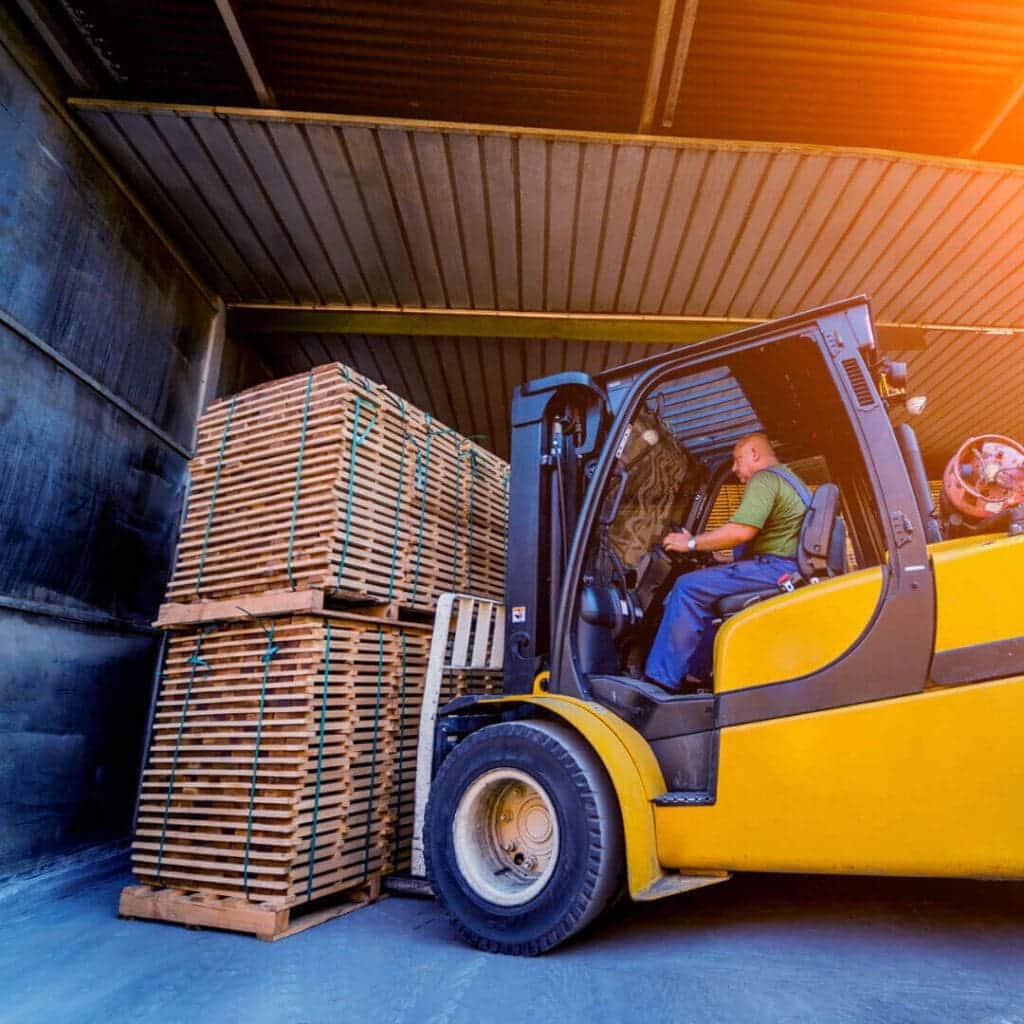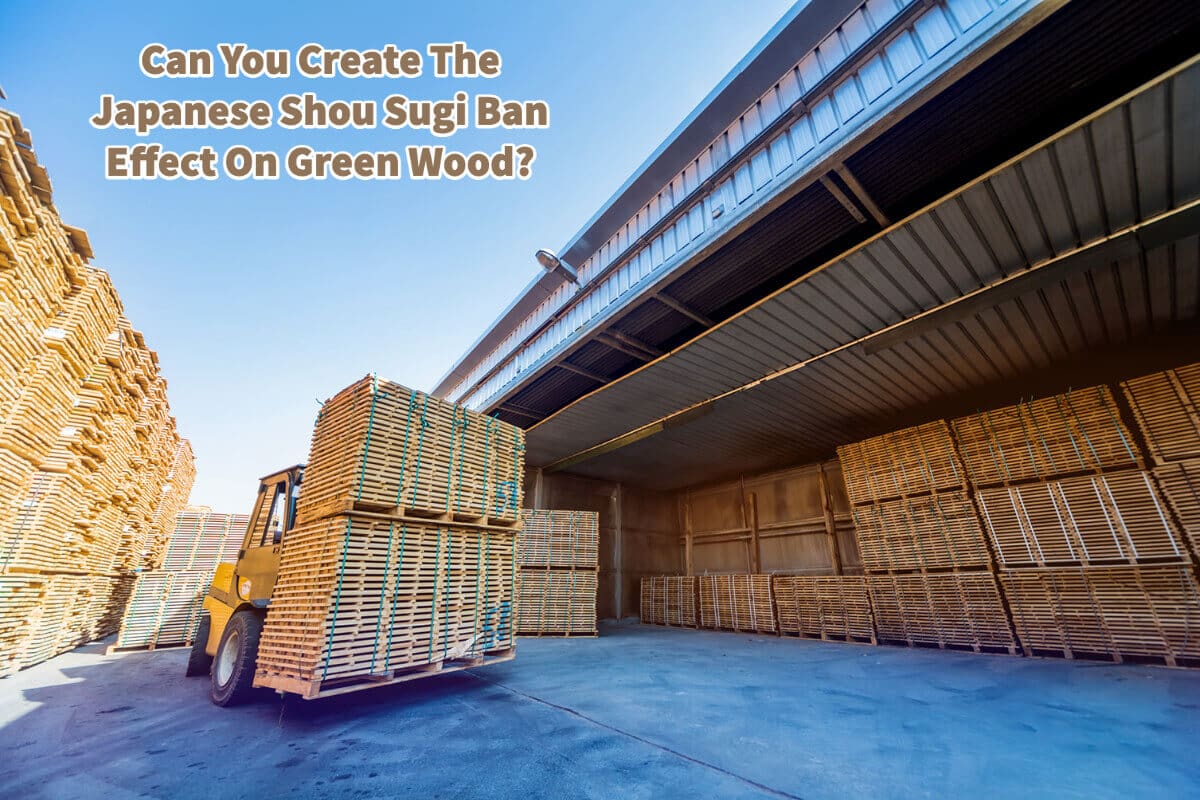I recently learned about a fascinating Japanese wood-burning technique, Shou Sugi Ban. This technique requires that the wood be burned to have a black, burnt finish.
The Japanese wood-burning technique known as Shou Sugi Ban should not be done on green wood. Even if you can create the method on this wood, the quality of the finished piece will not be excellent. Any wood you use for the Shou Sugi Ban finish should be kiln-dried. There are many reasons why kiln-dried wood is the best use of wood, but it includes its stability, strength, and overall quality. Learn more about the Japanese Shou Sugi Ban technique and kiln-dried wood.
Table of Contents
- Japanese Shou Sugi Ban Technique Cannot Be Done With Green Wood
- Why Should Wood Be Kiln Dried?
- Related Content
Japanese Shou Sugi Ban Technique Cannot Be Done With Green Wood
No, it would be best not to create the Japanese Shou Sugi Ban burning technique on green wood. Even though Shou Sugi Ban burns the wood, the wood you use still needs to be dried.

I recently learned about the Japanese burning wood technique, Shou Sugi Ban. Shou Sugi Ban, also known as the Japanese burning technique, involves charring and preserving wood to make it fire-resistant and weatherproof.
Green lumber has not been adequately dried yet, meaning it will not withstand the intense heat necessary for this finishing method. Additionally, burning green lumber increases its chances of cracking or warping due to temperature variations in the air as the wood dries out.
Therefore, only kiln-dried wood should be used to get the ideal results from Shou Sugi Ban. This is also one reason why Shou Sugi Ban is not a cheap technique or wood finish.
Why Should Wood Be Kiln Dried?
Kiln drying is a process of removing moisture from wood using high temperatures in a controlled environment. Even though some people may dry wood outdoors, the best method today is in a kiln.

Wood manufacturers kiln dry wood to reduce the moisture content to an ideal level before using it to make furniture, flooring, cabinetry, and other wood products.

Kiln drying provides several benefits compared to air-drying or other methods of treating wood:

Kiln Drying Improves The Wood Stability
Kiln drying the wood will improve its stability of the wood. Wood that is not dried correctly can warp, crack, and split as it loses moisture.
Kiln drying reduces the moisture content of the wood to an ideal level, which helps prevent these problems and provides excellent stability.
Kiln Drying Increases The Strength Of The Wood
Kiln drying the wood helps to make the wood stronger. Kiln drying removes excess moisture that weakens the wood fibers, making the wood more robust and more durable. This makes it ideal for use in construction and outdoor applications.
Kiln Drying Reduces Risk Of Decay
By kiln drying, the wood helps reduce the risk of wood decay. Wood with high moisture content is susceptible to fungal growth, which can cause decay and rot. Kiln drying removes the moisture that fungi need to grow, reducing the risk of decay.
Kiln Drying Improves The Wood Workability
Kiln-dried wood is easier to work with than green wood because it is less likely to split or warp during processing. The kiln properly kiln-dried wood makes the wood more workable and easier to work with.
This can save time and money for woodworkers and manufacturers.
Kiln Drying Gives the Wood A Better Appearance
Kiln drying can enhance wood’s natural color and grain pattern, producing a more attractive finished product. Kiln-dried wood gives the wood a better appearance for the wood.
Kiln drying is the best method for treating wood because it provides improved stability, increased strength, reduced risk of decay, improved workability, and better appearance. By removing excess moisture, kiln drying creates a superior wood product that is more consistent, durable, and attractive than air-dried or other methods of treating wood.
That is why when doing a method like the Japanese method of Shou Sugi Ban wood, it is not recommended to do it on green wood since it cannot withstand the intense heat necessary for charring. Instead, it would be best to do it on a properly kiln-dried piece of wood.
If you are interested in seeing how Mondoro can be a valuable partner for you for wood furniture products – we would love to talk to you to see how we can help you.
Find out more about how Mondoro can help you create, develop, and manufacture excellent home decor and furniture products – don’t hesitate to contact me, Anita. Check out my email by clicking here or become a part of our community and join our newsletter by clicking here.
Mondoro gives out a FREE Lookbook to anyone interested. You can receive a copy of our latest Lookbook by clicking here.
Listen to our Podcast called Global Trade Gal. You can find it on all major podcast platforms. Try out listening to one of our podcasts by clicking here.
Subscribe to our Mondoro Company Limited YouTube Channel with great videos and information by clicking here.
Related Content
All About Teak Wood And Outdoor Teak Furniture Care
Teak wood is a hardwood native to many parts of Southeast Asia. Myanmar has over half of the world’s naturally grown. Today, many teak kinds of wood are plantation grown and managed with sustainability in mind. Teak wood has a lot of natural properties that make it a logical choice for outdoor furniture. But with any outdoor furniture, teak wood needs proper cleaning and care to retain its natural color.
You can discover more by reading All About Teak Wood And Outdoor Teak Furniture Care by clicking here.
What is Recycled Wood Furniture?
Reclaimed and recycled wood may seem the same, but they are not the same kind of wood. Recycled wood is wood that would have otherwise been discarded or not used. Wood is a naturally sustainable material as it can be regrown and replaced. There are a variety of furniture shapes and styles that can be used to make recycled pine furniture.
You can learn more by reading our blog, Recycled Pine Furniture, What You Need to Know, by clicking here.
What is The Natural Rattan Material Used in Home Decor Products?
Rattan is best described as a climbing palm that will scramble through a forest and grow overall vegetation in all areas. Rattan is an excellent material for home decor furniture and accessories as it is natural and robust but can also take a variety of stains and paints. There are many steps to process rattan properly. Vietnam has a long history of rattan and bamboo production.
You can learn more by reading our blog on What is The Rattan Material Used in Home Decor Products? by clicking here.

